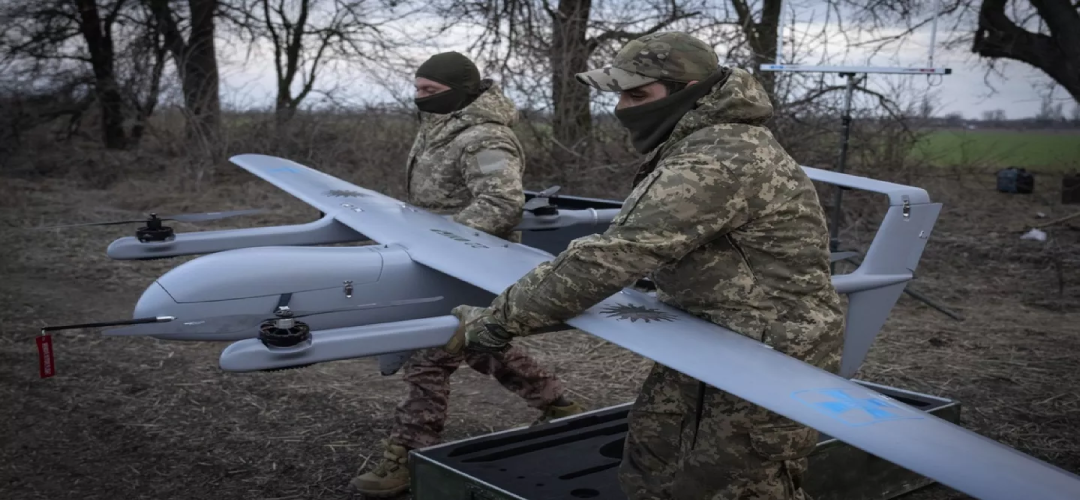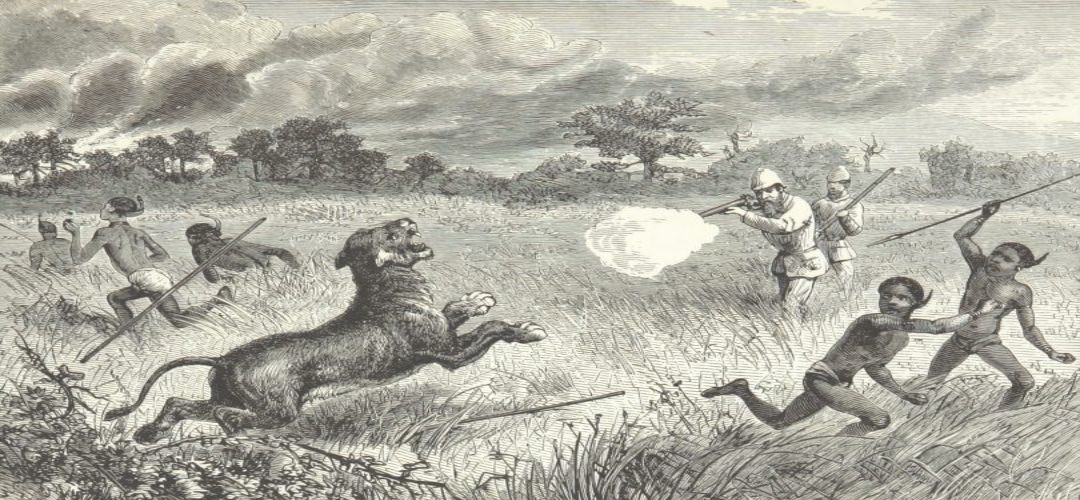Why was the moderate leader Ismail Haniyeh killed while he was in the midst of talks?
In a turn of events that left the world shocked, the political head of Hamas, Ismail Haniyeh, was killed in a mysterious bomb blast while ensconced in a high-security guest house in the heart of Teheran. Iran’s top leadership promised “harsh revenge” against Israel, but Israel has maintained a studious silence.
According to an investigation by The Times, an explosive device concealed within a well-fortified complex in Iran, where Hamas leader Ismail Haniyeh frequently resided, resulted in his death. “The loss of moderates often paves the way for the rise of extremists,” The Times reports, underscoring the fragile balance of power within the region.
Qatar’s prime minister, Sheikh Mohammed bin Abdulrahman Al Thani, despaired at the killing, fearing it would further endanger already fragile ceasefire negotiations. “How can mediation succeed when one party assassinates the negotiator on the other side?” he asked.
Targeting moderates often results in the ascendancy of hardliners, a strategic error that could make dealing with the organisation even more difficult. His assassination represents the most significant loss for Hamas since those attacks, marking a pivotal moment in the conflict.
Background
Haniyeh’s journey began in Gaza, where he joined Hamas in 1987 and was detained in 1989 for his affiliation with the group. He returned to the Gaza Strip following the 1993 interim peace accords, becoming a significant figure within Hamas, not only for his militant activities but also for his political engagements and attempts to steer the organisation’s strategy.
In 2006, Haniyeh, a prominent proponent of Hamas’ political strategy, ascended to the position of Palestinian Prime Minister. Haniyeh was no stranger to assassination attempts, both from the Israelis and from within factions of Hamas. One such attack was attributed to Mohammad Dahlan, a former Fatah leader, who vehemently denied any involvement.
Haniyeh, living in self-imposed exile from Gaza, was viewed as a moderate within Hamas and notably opposed a two-state solution. His death is a critical juncture in the protracted Arab-Israeli conflict, which has resulted in over 39,000 Palestinian fatalities.
Haniyeh was one of the high-ranking Hamas members against whom the ICC had issued an arrest warrant. Despite being designated a terrorist by the U.S. in 2018, Haniyeh continued to travel and actively participated in negotiations for ceasefires and the release of hostages.
Iran raised a symbolic red flag over a mosque in Qom, an emblem of unjust bloodshed and a call for vengeance. Iran has attributed Haniyeh’s assassination to Israel, raising concerns about whether this will incite a full-scale war akin to Iran’s April attack on Israel. The Supreme Leader, Ayatollah Ali Khamenei, has ordered a direct retaliation against Israel in response to Haniyeh’s killing.

Analysis
The assassination of Ismail Haniyeh accentuates the ongoing complexities of the Arab-Israeli conflict, highlighting the deep-rooted animosities and the persistent cycle of violence and retribution. This event underscores the region’s precarious and ever-shifting political landscape, with far-reaching implications for internal Palestinian dynamics and the broader geopolitical equilibrium.
Brian Finucane, a senior adviser with the International Crisis Group’s U.S. Program, asserts that regional de-escalation would follow a ceasefire in Gaza, easing tensions with the Houthis in Yemen, Hezbollah, and U.S. troops in Syria and Iraq. The United States has declared its goals to be a ceasefire in Gaza and regional de-escalation, but its ally Israel has complicated the achievement of these aims.
The assassination has halted the US-backed peace process between Israel and the Palestinian resistance group Hamas. The region has experienced heightened tensions, notably with the assassination of two important personalities, Hamas leader Ismail Haniyeh in Tehran and the killing of Hezbollah’s senior commander Fuad Shukr in Beirut. The Pentagon has responded by announcing the deployment of additional warships and fighter jets to the Middle East to safeguard Israel from potential assaults by Iran and its proxies.
Assessment
- It would be an understatement to state that the situation in the Middle East is tense. Iran has shown in the past that it never lets an attack go unpunished; retaliation is inevitable. The question is, what are the scale and dimension? If it is only a token action, Israel may not respond.
- The U.S. faces a fundamental dilemma in supporting Israel militarily while deterring Iran and its allies and trying to prevent a regional escalation. The U.S. needs to reassess its strategy beyond mere rhetoric to achieve a ceasefire and broader regional de-escalation. This is particularly pressing as the U.S. prepares for a presidential election and the potential transition to a new administration.
- The killing in the heart of Teheran raises questions regarding the Islamic Republic’s capacity to protect its high-ranking officials. This is not the first time such an assassination has been successfully carried out in the Islamic Republic; are chinks in its armour growing wider?




